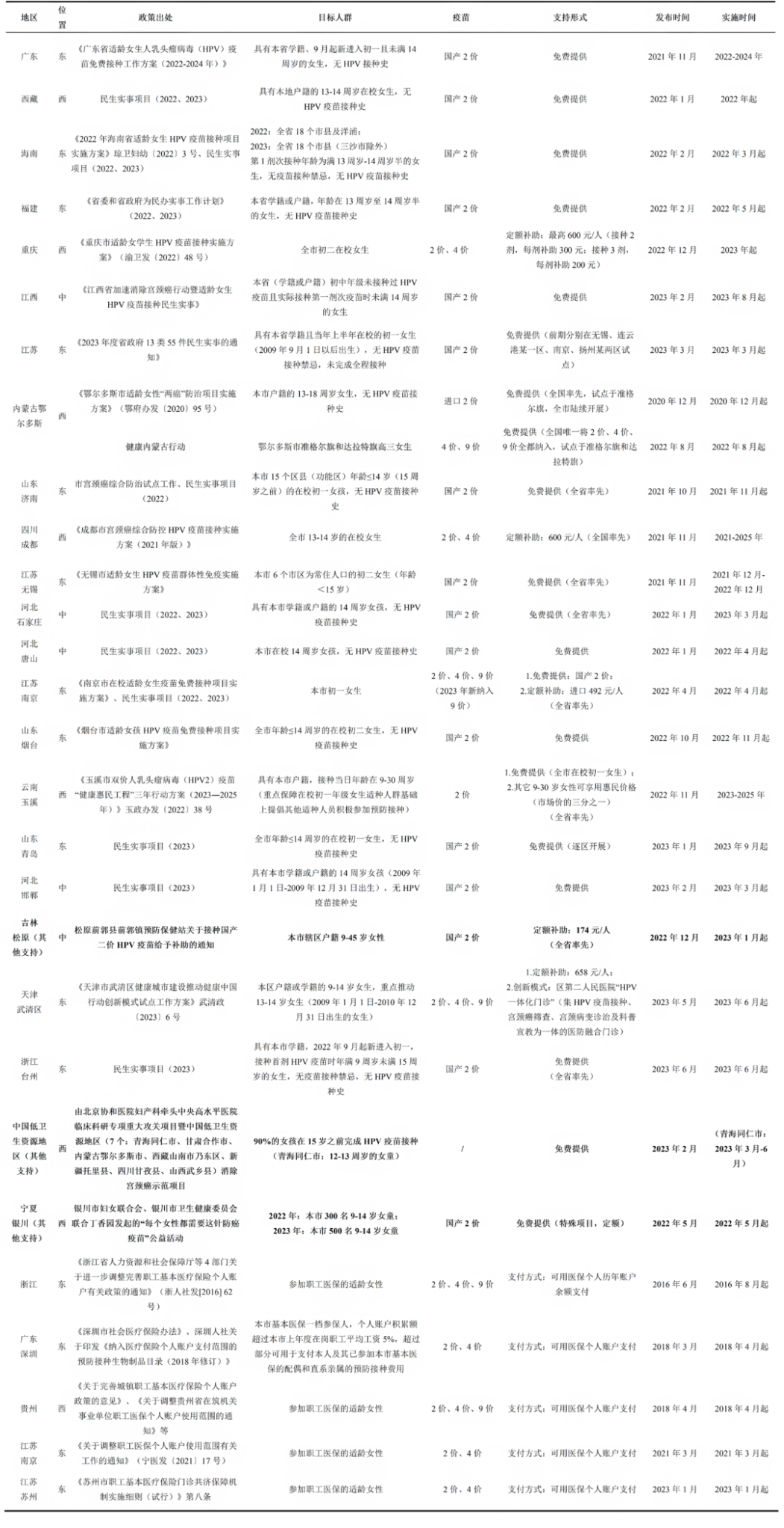Rotavirus is a leading cause of severe diarrheal disease among young children globally. By the end of 2022, rotavirus vaccines had been implemented in 121 countries, with partial implementation in specific region of three additional countries. The estimated global coverage was 51% 1.
Health Initiatives on Rotavirus-Related Diseases
In 2013, the United Nations Children’s Fund (UNICEF) and the World Health Organization (WHO) jointly issued the Global Action Plan for the Prevention and Control of Pneumonia and Diarrhoea (UNICEF 2013: Ending Preventable Child Deaths from Pneumonia and Diarrhoea by 2025), which aimed to end preventable child deaths caused by pneumonia and diarrhea by 2025 2. This action plan identified vaccines as a key strategy under its “Protect, Prevent, and Treat” framework for child health. Among the five vaccines recommended by international organizations, the rotavirus vaccine was highlighted as a key intervention for preventing childhood diarrhea disease.
In 2016, UNICEF launched another health initiative, One is Too Many – Ending Child Deaths from Pneumonia and Diarrhoea 3, reinforcing the importance of five essential vaccines—rotavirus, pertussis, measles, Haemophilus influenzae type B (Hib), and pneumococcal conjugate vaccines. These vaccines are critical to achieving Sustainable Development Goal (SDG) 3.2, which aims to end preventable deaths of newborns and children under five. The global action plan set full immunization coverage rates for children aged 12–23 months as a core monitoring indicator. The initiative also underscored the significance of widespread vaccine use and draw attention to disproportionately high burden of diarrheal disease in impoverished regions.
WHO Position Paper on Rotavirus Vaccines (2021)
In July 2021, the WHO released an updated position paper on rotavirus vaccines 4. Building upon the 2013 edition, the updated document incorporates the latest developments in rotavirus immunization, including two vaccines gained WHO prequalification in 2018 —Rotavac and ROTASIIL. It also reviews the post-marketing safety and efficacy data for RotaTeq and Rotarix, which passed the WHO prequalification in 2008. Additionally, it outlines updated recommendations on rotavirus vaccine use, based on evidence assessed by the WHO Strategic Advisory Group of Experts on Immunization (SAGE) in October 2020.
The WHO recommends that rotavirus vaccines be included in the national immunisation schedules of all countries, with priority given to countries with high mortality rates associated with rotavirus gastroenteritis, particularly some locate in South Asia, Southeast Asia, and sub-Saharan Africa. . While vaccination serve as a preventive strategy, additional protective strategies should also be implemented, such as promoting early initiation of exclusive breastfeeding, proper hand hygiene, and improvements in water and environmental sanitation. Therapeutic measures, including the administration of low-osmolarity oral rehydration salts and zinc supplementation, should also be emphasized.
According to the WHO-recommended immunization schedule, the first dose of the rotavirus vaccine could be received as early as six weeks of age, with a minimum interval of four weeks before the second dose. Rotarix requires a two-dose series, while RotaTeq, Rotavac, and ROTASIIL require three doses. The WHO does not recommend administering rotavirus vaccines to children older than 24 months. When oral vaccines and injectable vaccines are administered simultaneously, the WHO advises giving the oral rotavirus vaccine first, followed by injectable vaccines.
To date, all WHO-prequalified rotavirus vaccines have demonstrated favorable safety profiles. However, training and immunisation programs should continue to highlight the potential risk of intussusception associated with rotavirus vaccination. The WHO recommends against administering the rotavirus vaccine to children with a history of intussusception, severe allergic reactions, or significant immunodeficiency. Vaccination should also be deferred in cases of acute gastroenteritis or febrile illness.
China Expert Consensus on Immunoprevention of Pediatric Rotavirus Gastroenteritis (2024)
Rotavirus gastroenteritis (RVGE), caused by rotavirus (RV) infection, is highly prevalent among children under the age of five and is the leading cause of hospitalization and severe illness in this age group. In China, RVGE imposes a significant disease burden and presents challenges in prevention and control, as rotavirus vaccines are not yet included in the national immunization schedule5.
The Expert Consensus on Immunoprophylaxis of Rotavirus Gastroenteritis in Children (2024) provides a comprehensive review of both China’s and international data on RVGE, including its epidemiology, the safety and efficacy of approved rotavirus vaccines, the durability of vaccine-induced immunity, and current immunisation strategies. It highlights and updates the current status of rotavirus vaccination in China and the urgent issues that need to be addressed.
Immunisation with rotavirus vaccines induces immune protective factors, such as neutralizing antibodies similar to those produced by natural infection, or enhances post-infection immunity, thereby providing vaccine-induced protection and reducing the susceptible population. In China, the oral live attenuated rotavirus vaccine (LLR) was introduced in 2001, while the imported oral pentavalent reassortant rotavirus vaccine (RV5) was launched in 2018. The domestically produced oral trivalent reassortant rotavirus vaccine (LLR3) was approved in 2023. Existing evidence indicates that both LLR and RV5 have demonstrated favorable safety profiles in China, with no reported cases of intussusception linked to the vaccines. However, none of the three available vaccines have been incorporated into the national immunisation schedule, resulting in low coverage rates.
A 2019 survey across ten provinces in China revealed that the first-dose rotavirus vaccine coverage rate was 20.3%, while the third-dose coverage rate was only 1.8%. Although hospitalization and mortality rates due to RVGE have declined in China since 2000, the disease burden remains high. Data from the infectious disease surveillance system of the China CDC indicate that the annual reported incidence rate of RVGE increased from 8.4 per 100,000 in 2005 to 178.1 per 100,000 in 2018, showing a fluctuating upward trend. These findings suggests that rotavirus infection remains insufficiently controlled in China, which calls for further interventions to address.
Leveraging the recommendations of WHO’s position paper, the Expert Consensus (2024 edition) provides supplementary recommendations for the implementation of rotavirus vaccination in China. These include immunisation schedules and dosage (according to domestic vaccine instructions), co-administration and substitution (the substitution between the three available vaccine types is not recommended), vaccination for children with special health conditions (referral to specialized immunisation clinics is advised), contraindications (assessed through multiple criteria), and other considerations (emphasizing voluntary vaccination with informed consent).
The Expert Consensus (2024 edition) also identifies priorities and gaps in research and practices in China’s RVGE prevention. These include improving disease classification and reporting system, strengthening epidemiological surveillance and disease burden assessments, enhancing post-market research, encouraging the new rotavirus vaccines’ local development, and promoting health education.
Content Editor: Xiaotong Yang, Ziqi Liu
Page Editor: Ziqi Liu
References
- World Health Organization. (July 15, 2024). Immunization Coverage. World Health Organization. Retrieved from https://www.who.int/zh/news-room/fact-sheets/detail/immunization-coverage
- World Health Organization/The United Nations Children’s Fund (UNICEF). (2013). End Preventable Deaths: Global Action Plan for Prevention and Control of Pneumonia and Diarrhoea. ISBN 978-92-4-150523-9.
- United Nations Children’s Fund (UNICEF). (2016). One Is Too Many – Ending Child Deaths from Pneumonia and Diarrhea. ISBN 978-92-806-4859-1.
- World Health Organization. (July 2021). Rotavirus Vaccines: WHO Position Paper. Weekly Epidemiological Record, 96(28), 301-320. Retrieved from https://www.who.int/publications/i/item/WHO-WER9628
- Expert Consensus Writing Group on Rotavirus Gastroenteritis. (2024). Expert Consensus on Immunoprophylaxis of Rotavirus Gastroenteritis in Children (2024 Edition). Chinese Journal of Vaccines and Immunization, 30(1), 95-126. (In Chinese)





